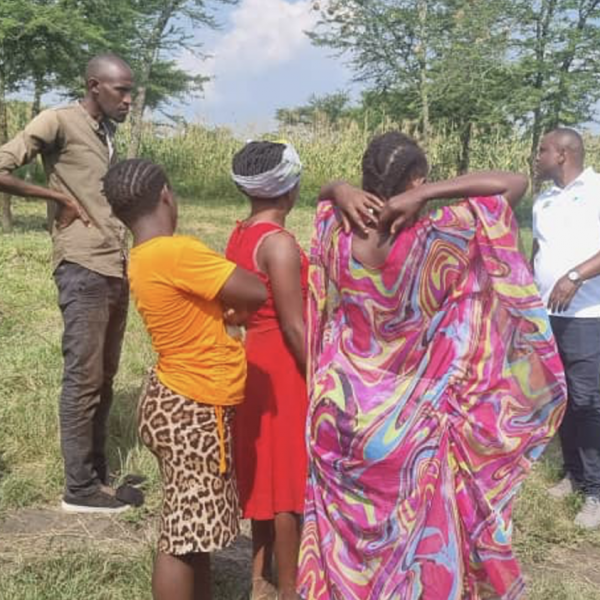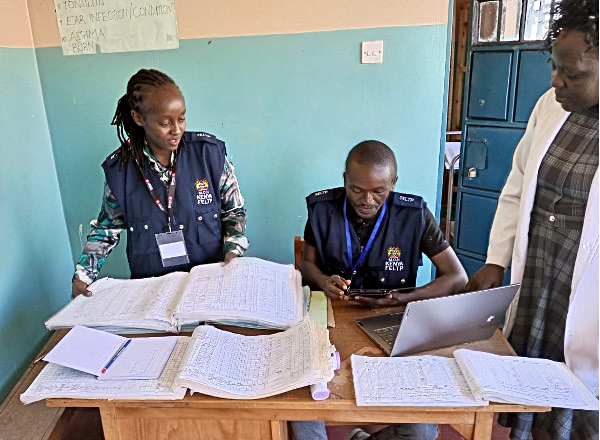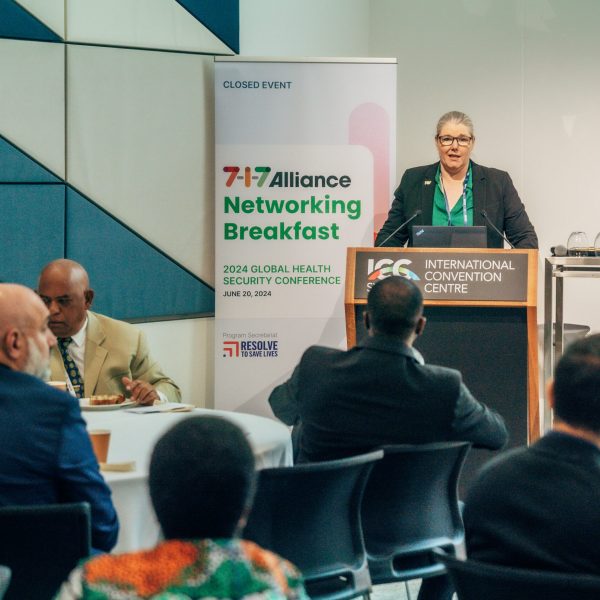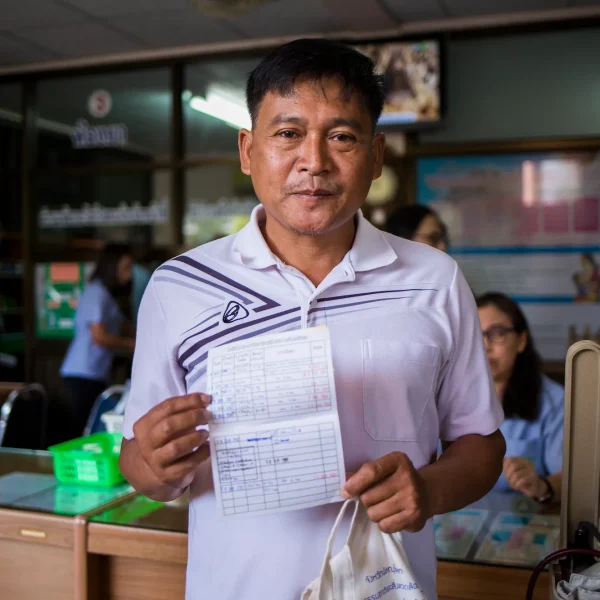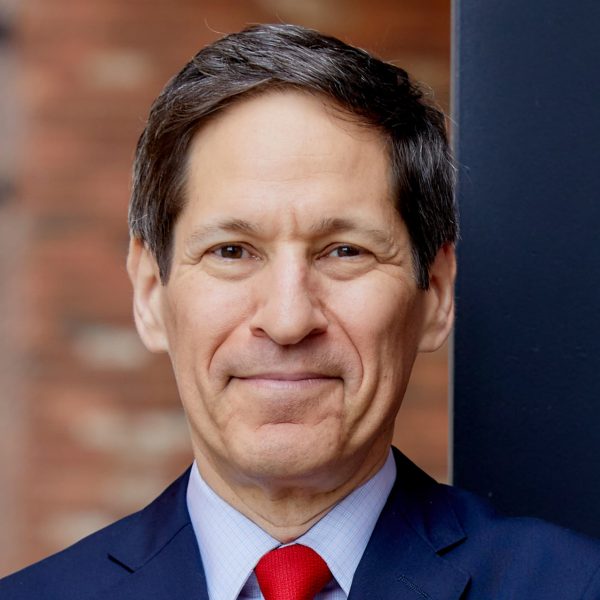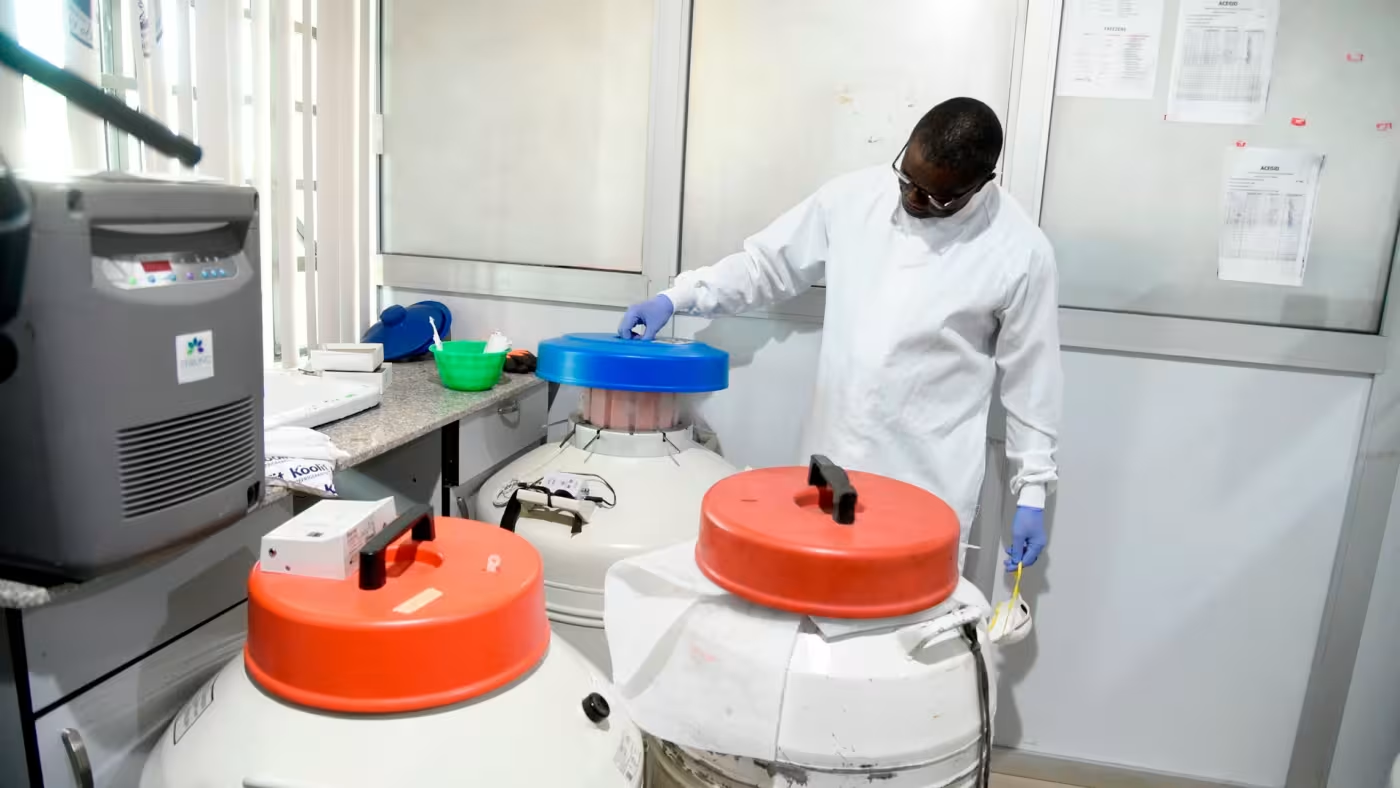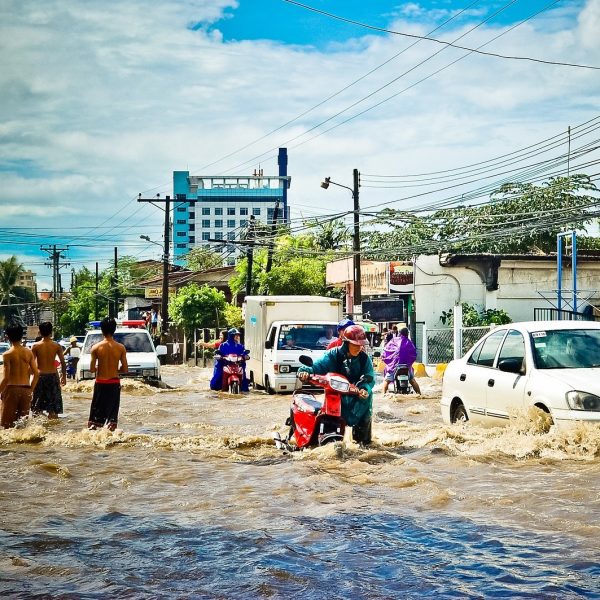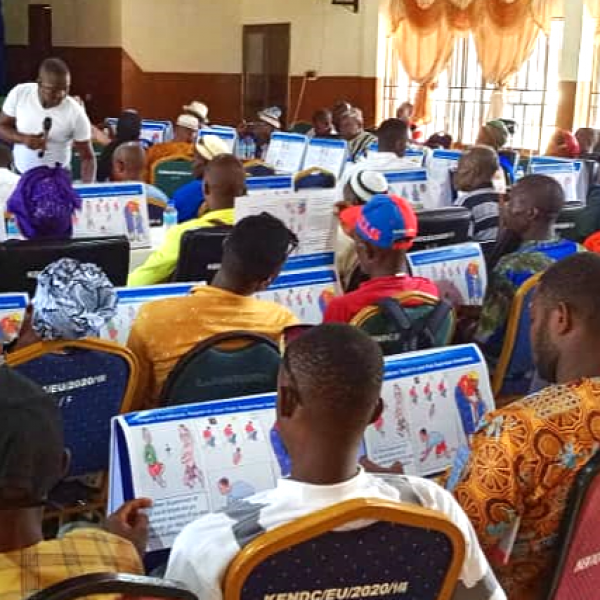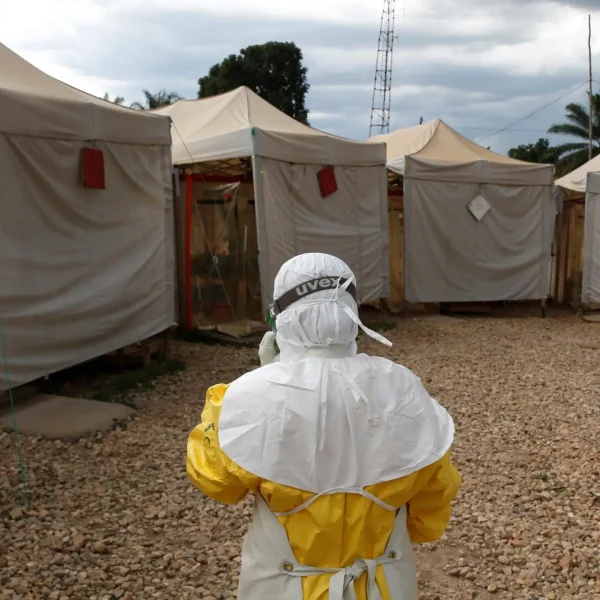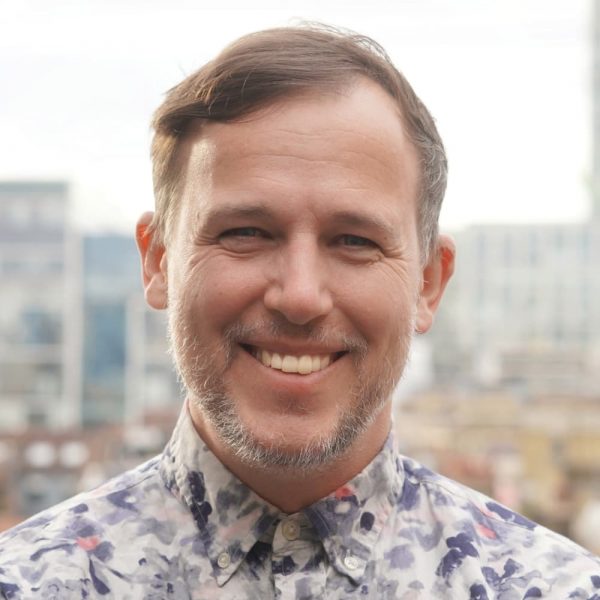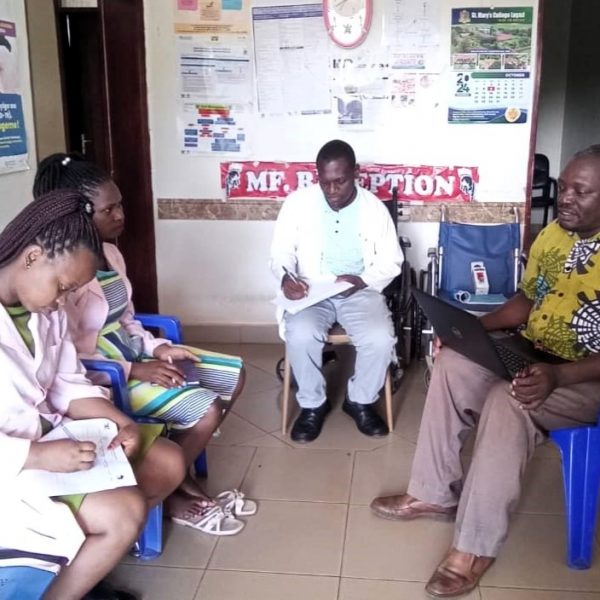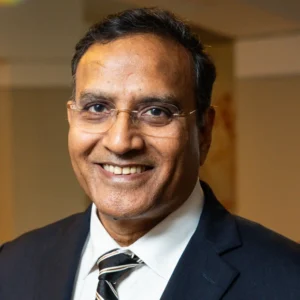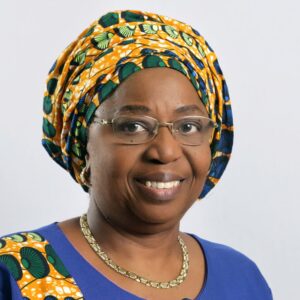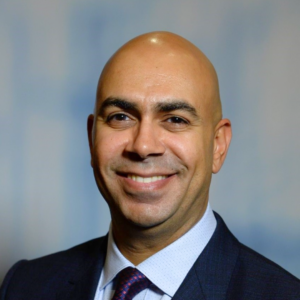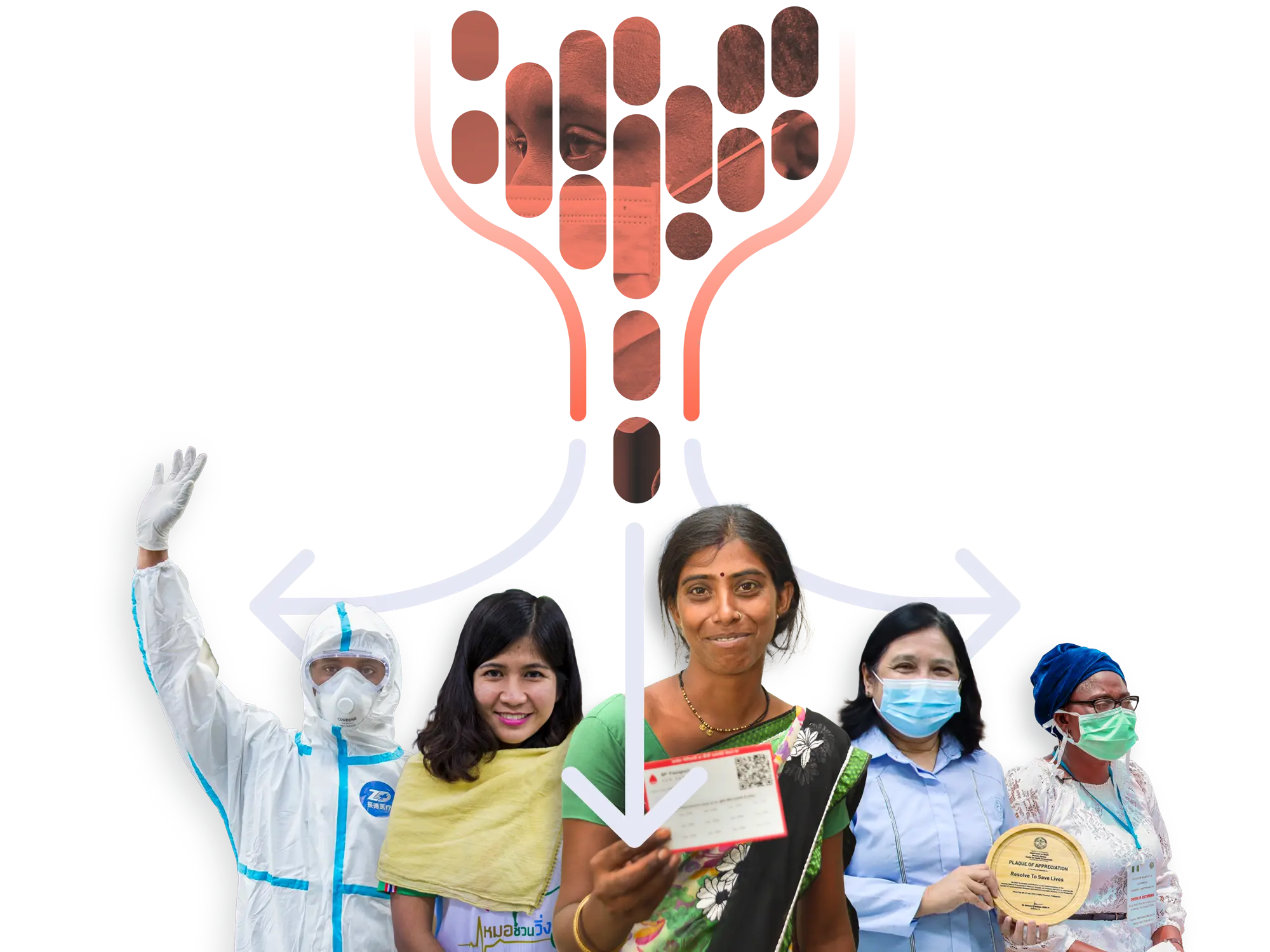
Dear Colleague,
The public’s health is in a precarious position, and lives hang in the balance. We can only begin to assess and respond to rapid changes.
As we brace for the impact of the U.S. administration’s actions on global health, it’s important to take stock of the progress that has been made and the lifesaving interventions that, too often, go unnoticed – precisely because they worked.
Now more than ever, we think the world should take note of the heroes who save lives every day.
Since we launched seven years ago, Resolve to Save Lives has accelerated action to stop the world’s deadliest health threats by innovating solutions, testing them with partners around the world, and working alongside national and global institutions to bring them to scale.
Our partners have implemented policies and programs that will save more than 9 million lives (and counting) by eliminating toxic trans fats from the food supply for nearly half the world’s population and improving care of more than 30 million people with hypertension. Not one of these 9 million people may ever know that they were protected from an early death — and this is how it should be. When public health works best, no one notices.
But …. Now more than ever, we think the world should take note of the heroes who save lives every day. That’s why we publish our Epidemics That Didn’t Happen report highlighting inspiring stories of health systems around the world stopping infectious disease outbreaks in their tracks.
In the past two years, our 7-1-7 target for disease outbreak detection and control has scaled rapidly: it’s been adopted by WHO, the World Bank, and other entities. Most importantly, more than two dozen countries use the target to find threats faster and stop them sooner. The 7-1-7 Alliance facilitates lesson-sharing and collaborative learning. And we’re partnering with hundreds of primary health facilities in Ethiopia, Nigeria, Sierra Leone and Uganda so they’re better prepared to stop the next epidemic through our Epidemic-Ready Primary Health Care initiative.
In 2025, I look forward to working to reduce lead in our environment to reduce heart disease and protect child health and partnering to better prepare health services for climate-related health emergencies. I also look forward to having the world’s attention on hypertension at this year’s UN General Assembly – an opportunity to improve access to essential generic medicines and real-time clinical information for hundreds of millions of people with high blood pressure. The world can at least double the number of patients protected from a heart attack or stroke with safe, effective, inexpensive medications.
In the face of challenges, Resolve to Save Lives will continue to partner with the governments and institutions around the world who understand the importance of public health and are committed to doing the often-invisible work of protecting people from health threats. Thank you for joining us in our resolve to save lives.
All the best,
Dr. Tom Frieden
President and CEO
Resolve to Save Lives

Innovations with global impact
Resolve to Save Lives works with partners to accelerate action against the world’s deadliest health threats. Alongside our partners, we identify health threats that can be stopped, rapidly co-create and test simple solutions, and partner to scale these solutions in countries and around the world. In our third year as an independent organization, these innovations are already making a global impact.
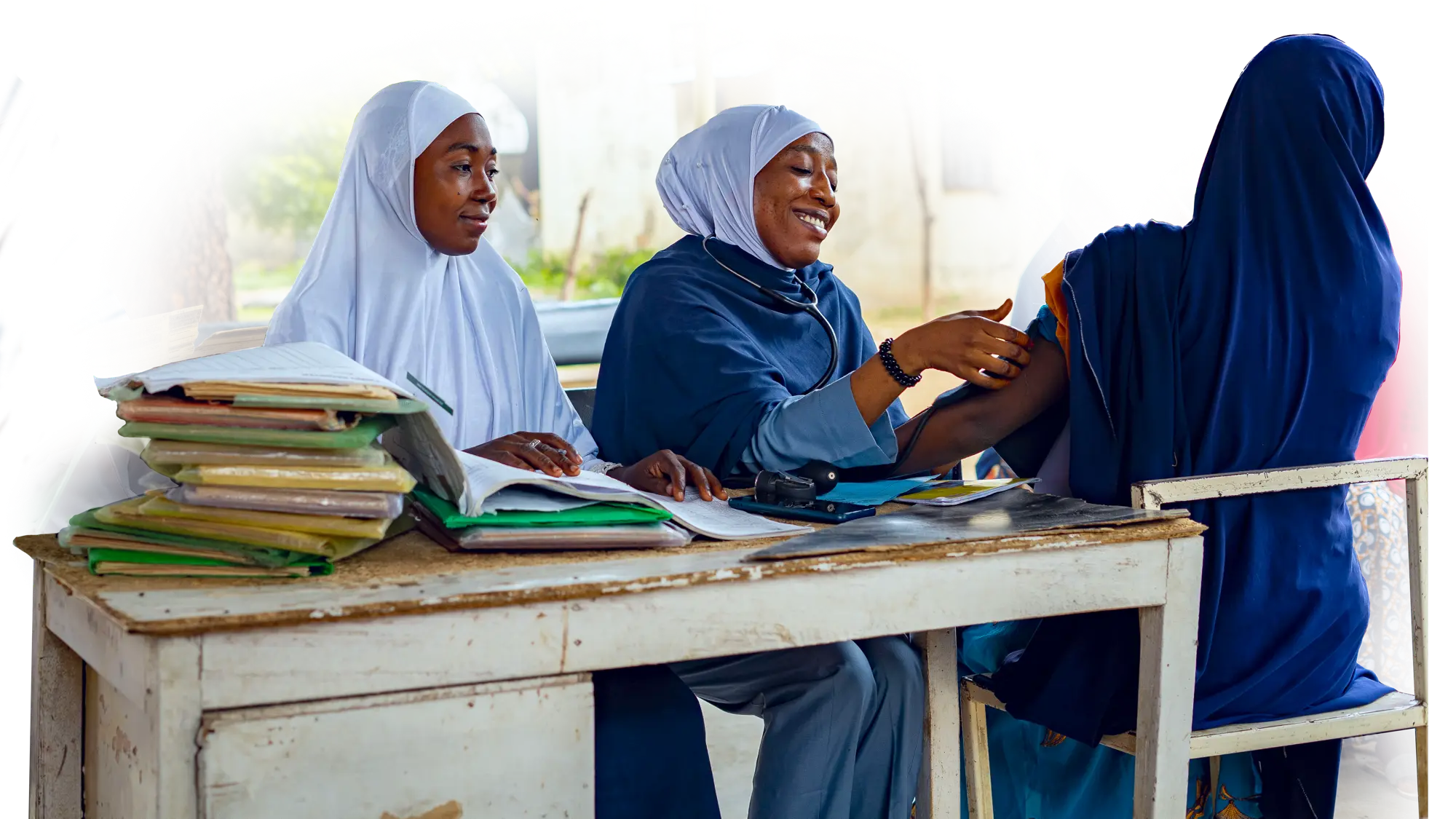
Making the world safer from epidemics
The COVID-19 pandemic drove home a stark reality: the world urgently needs to find and stop infectious disease outbreaks faster. Developed and refined with our partners in Brazil, Ethiopia, Liberia, Nigeria, and Uganda, the 7–1-7 target we proposed in 2021 is the first real-time, start-to-end assessment of how quickly health systems find and stop epidemic threats. In 2024, global organizations including WHO, USAID, the World Bank and the Global Fund increasingly relied on 7-1-7. More importantly, more than two dozen countries are now using the target to improve how they respond to outbreaks and quickly get resources to where they’re needed most. What’s more, the terrific tools developed by a thriving 7-1-7 Alliance, hosted by Resolve to Save Lives, enable countries all over the world, from Costa Rica to Kenya, to adopt 7-1-7 and stop deadly outbreaks in their tracks.
Our success stories:
- 7-1-7 gives Kenya a leg up to contain Rift Valley Fever outbreak
- Global Fund, Pandemic Fund, WHO, the World Bank and now the U.S. Global Health Security Strategy now include 7-1-7
- At the 2024 Global Health Security Summit, growing adoption of 7-1-7 is evident
- U.S. health leaders discuss nation-wide adoption of 7-1-7
Transforming global nutrition
“Let food be thy medicine and medicine be thy food,” said Hippocrates, but unhealthy diets — especially those with too much salt — are a leading contributor to heart disease and premature death. Meaningful change starts with improvements to the food supply. Trans fat alone contributed to as many as 500,000 premature deaths every year before we partnered with WHO to call for its elimination from the food supply and to develop the tools countries needed to go trans fat-free. Now, 63 countries have protected 3.7 billion people with best-practice bans, and WHO’s new validation program recognized Denmark, Lithuania, Poland, Saudi Arabia and Thailand with the first five awards for their groundbreaking work helping rid the world of this invisible killer. Momentum is growing to reduce sodium, including through the promotion of potassium-enriched low-sodium salts.
Taking down the world’s leading killer: high blood pressure
Hypertension rarely makes headlines, despite being responsible for 10 million deaths every year—10 million families and communities robbed of a loved one, a breadwinner, a caretaker. Since our inception in 2017, we’ve been committed to keeping hypertension in the global spotlight and working with our partners to get it under control. With large-scale strategies that make care more accessible for all, our partners have enrolled more than 30 million people in treatment, leveraging our revolutionary digital tools and techniques to support health care workers and health systems to deliver quality care to even the most underserved communities—including with DHIS2, the world’s most widely used health information system.
Next year, with a global focus on non-communicable diseases (NCDs) as the General Assembly of the United Nations prepares its fourth high-level meeting on the prevention and control of NCDs, we’re committed to tackling the biggest bottlenecks to global hypertension control and, as a result, NCD control: access to safe, affordable, and effective medications and accurate, timely information to support health care workers and patients to increase hypertension control rates.

New study shows treating high blood pressure in primary care works better, especially for women
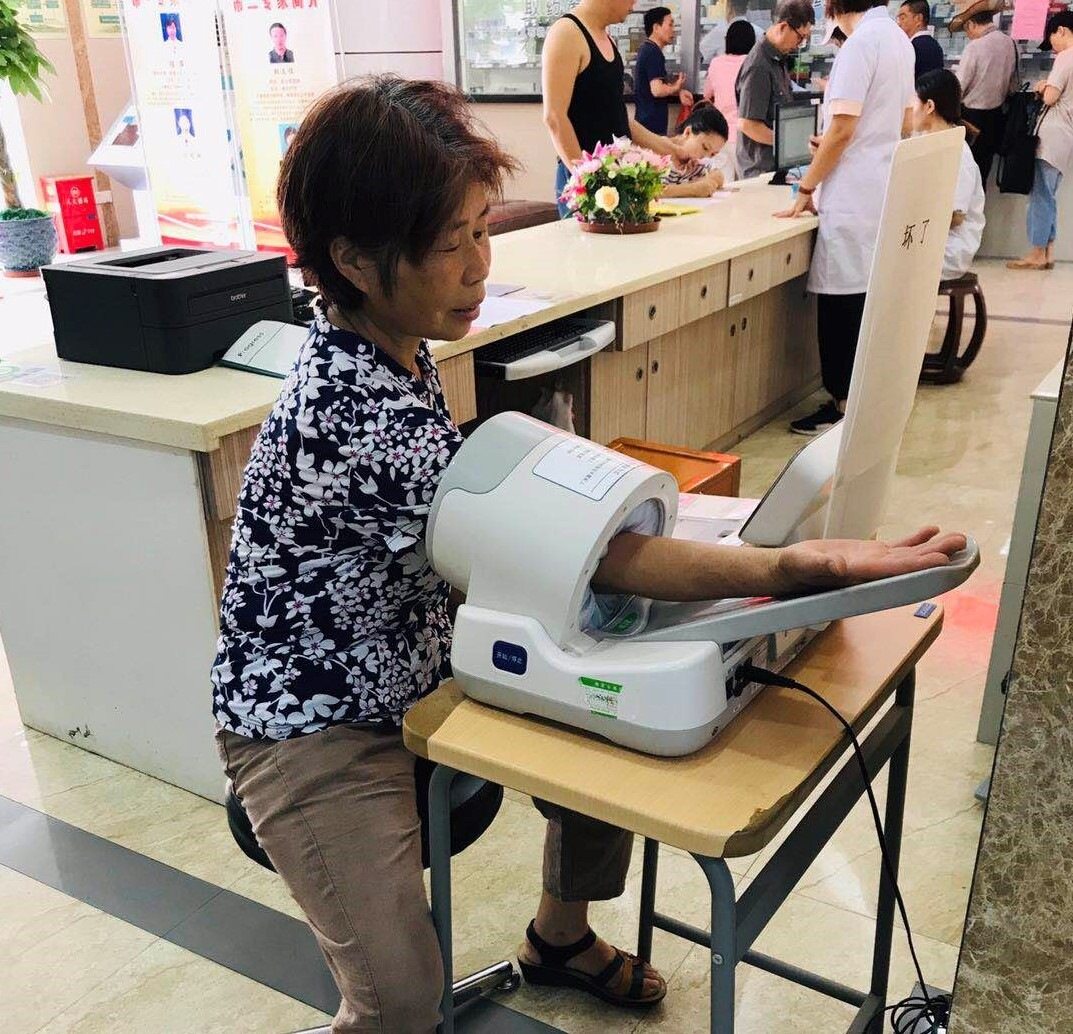
In China, a breakthrough in blood pressure control

Dr. Tom Frieden calls for more focus and funding to prevent and treat high blood pressure
New study shows that HEARTS works to control high blood pressure at scale
Accelerating action
Every year, millions of people suffer or die from preventable diseases—devastating families and weakening communities and economies. Solutions exist, but they’re out of reach for too many people. We collaborate with partners to close the gap between proven, life-saving solutions and the people who need them.
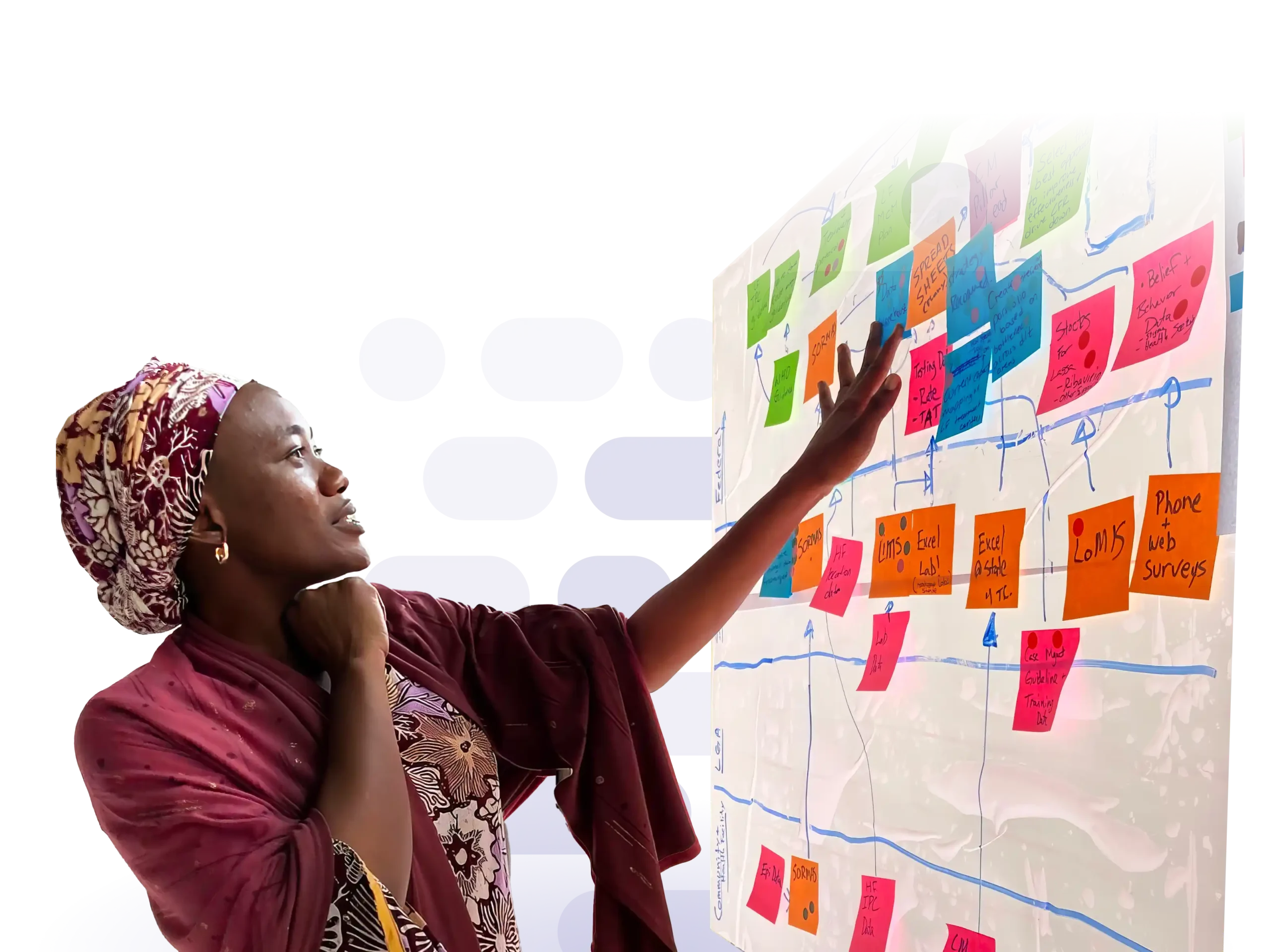
Facing climate change with proactive strategies
Extreme weather is on the rise, increasing the risk of infectious disease outbreaks. Governments need proactive strategies to track risk signals and take action sooner. One thing all the Epidemics That Didn’t Happen this year had in common: health systems were listening to early risk signals and acting swiftly. Facing earlier and more widespread anthrax seasons due to climate change, our partners in Uganda used Enhanced Situational Awareness to reduce their time to detect outbreaks from 64 days to just two.
Meanwhile, our Collaborative Surveillance team supported countries to incorporate data from the World Meteorological Organization and other sources into their early warning systems, giving communities, public health officials, and policymakers timely, relevant data to make life-or-death decisions and protect global health.
The power of primary health care
One of the most powerful lessons we’ve learned since we set out on our mission to save lives in 2017 is that by strengthening primary health care—the frontline of health service delivery—countries can make an outsized impact, improve health and resilience, and drive sustainable progress. In Rwanda, we’re partnering with the Government to support an ambitious transformation in primary health care, leveraging user-centered digital systems and operational strategies to expand access and increase the quality and health impact of care.
We saw stunning results from our Epidemic-Ready Primary Health Care program this year, designed to address the bottlenecks we uncovered through two years of learnings from 7-1-7. Alerts to trigger investigation of possible outbreaks more than doubled in participating facilities in a span of just nine months, and infection prevention and control improved substantially during the same period. Meanwhile, digital innovation including mobile-optimized training means we can prepare health care workers for emerging outbreaks at the click of a button. Over 13,000 health care workers in Nigeria and Uganda took “just-in-time” courses on measles, cholera, mpox, anthrax, meningitis, diphtheria and Lassa fever—costing just $2 per capita compared with $60 for traditional training.
In-country skill-building for sustainability
Resolve to Save Lives helps build roads to a healthier future; the countries we partner with are in the driver’s seat. As our shared innovations gained momentum in 2024, we increased our focus on strengthening countries’ capacity to sustain progress and continuously improve. From Kenya’s self-led adoption of 7-1-7 Alliance tools to Nigeria’s landmark public health security bill, these milestones highlight the power of national leadership. Our Program Management for Epidemic Preparedness (PMEP) program cultivates the next generation of public health leaders, and tools such as the new IHR Benchmarks platform simplify emergency preparedness planning for all countries. To spur innovation, we supported exemplary partners like the African Women in Digital Health Initiative. Together, these efforts underscore our commitment to collaborative learning, global equity, and country-led solutions for lasting impact.

PMEP: our learning laboratory for health security leaders
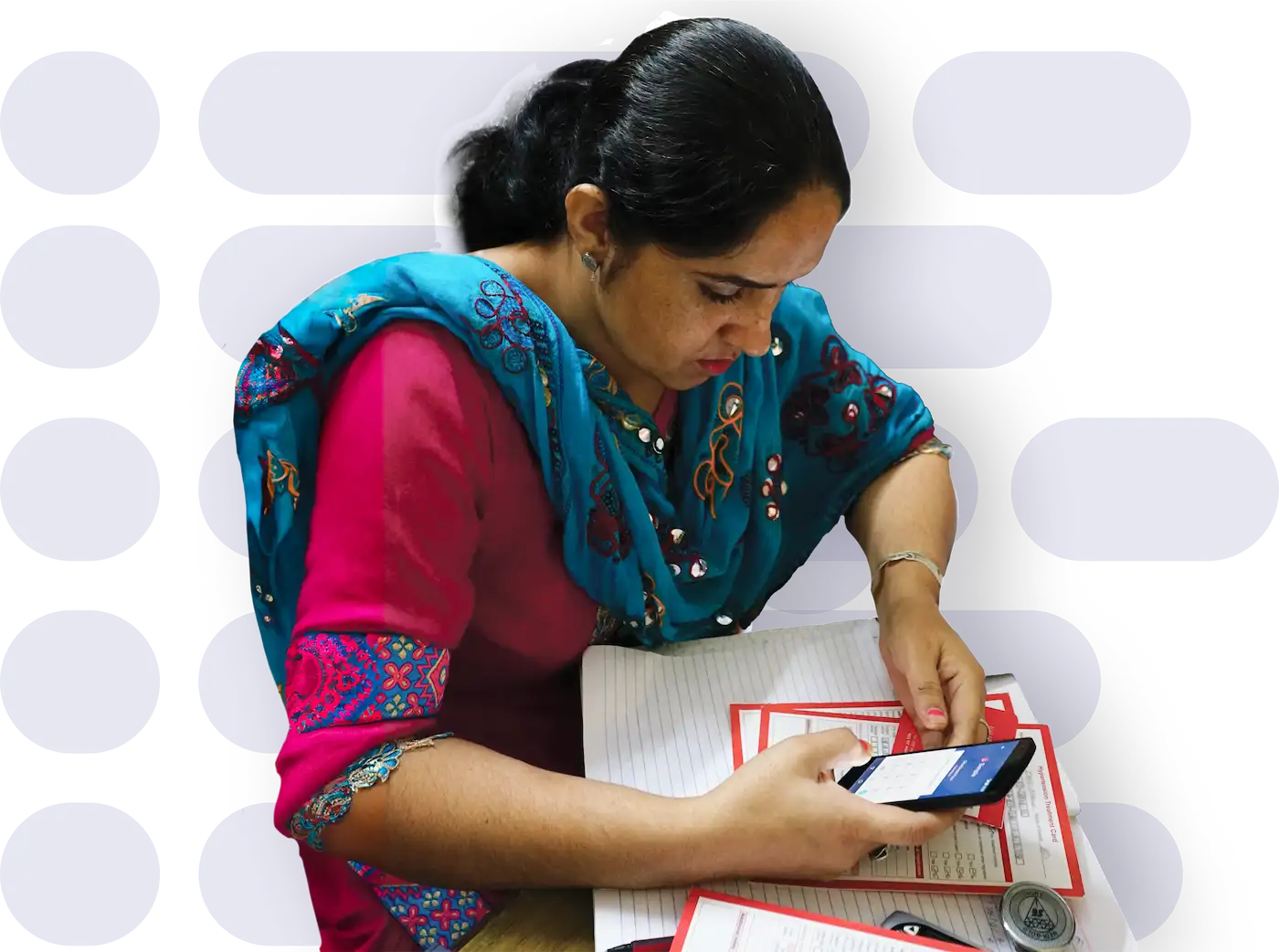
Introducing RTSL’s playbook for designing better digital health tools
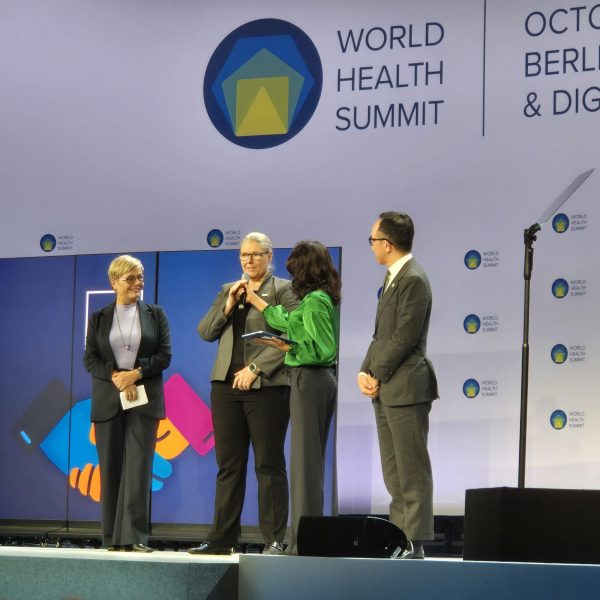
Big news from the World Health Summit: a new pledge to improve global heart health

New IHR benchmarks tool simplifies planning for health emergencies
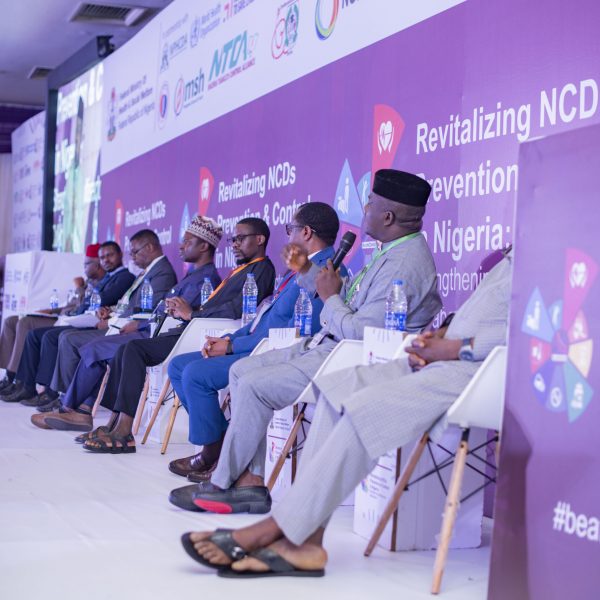
New policies in Nigeria will help save lives from heart disease
How we did it

Financials 2024
With the funding entrusted to us, we strategically allocate our resources to maximize impact for our partners and drive progress in global public health.
Donors
None of this life-saving work would be possible without the support of our visionary funding partners.
Flexible funding from forward-thinkers like the Skoll Foundation, Bloomberg Philanthropies and Tambourine have endowed Resolve to Save Lives with the unique capacity to prototype solutions to the world’s deadliest health threats, rapidly iterate to develop a proof of concept, and partner with national and global organizations to bring most effective approaches to scale. We thank all our funding partners for their investment in a healthier future.



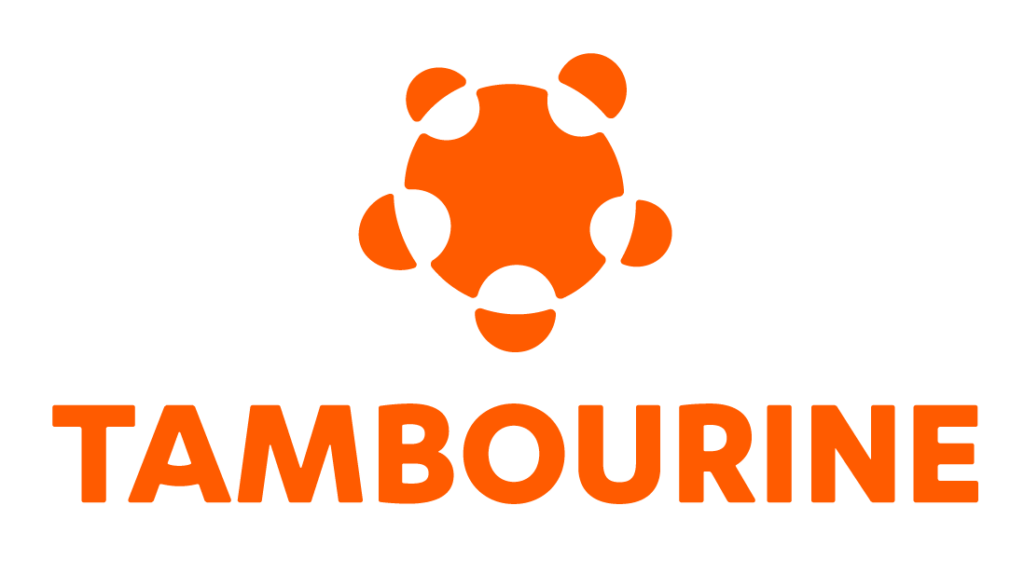

Cal Henderson and Rebecca Henderson
Preparing for the next global health challenge

Climate change, rising non-communicable diseases, and persistent health inequities underscore the urgency of strengthening global health systems. Resolve to Save Lives now has 180 employees working across nine countries, with initiatives extending to more than 80 countries. As we grow, Resolve to Save Lives will identify new challenges, recruit the world’s leading experts to address them, and forge new partnerships to expand and champion effective, practical solutions to save lives worldwide. Together, we can create a future where people live longer, healthier lives, communities thrive, and economies are stronger.
Our offices
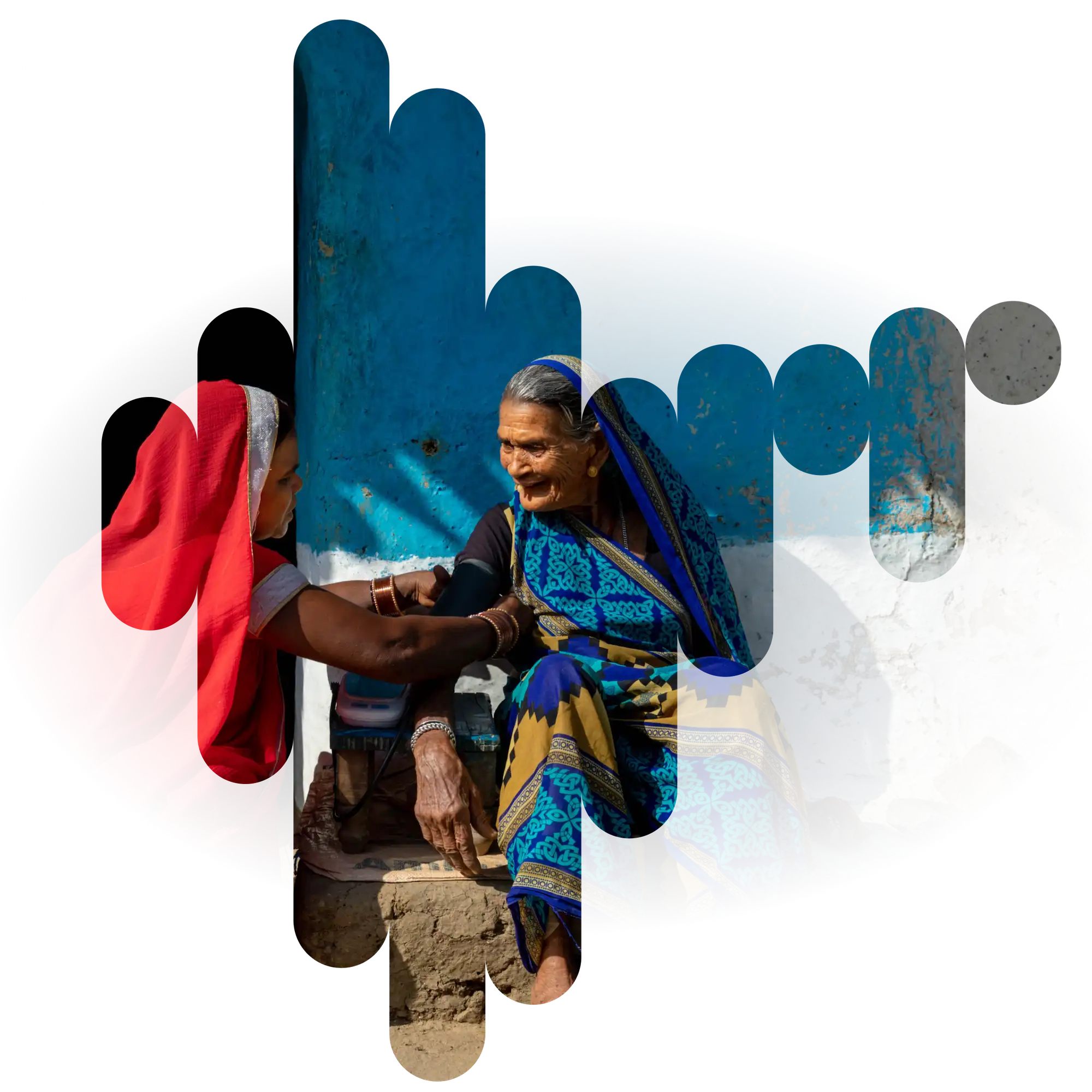
We were thrilled to register our office in New Delhi in 2024 to strengthen our longstanding partnership with the Government of India and its exemplary commitment to saving lives from cardiovascular disease.
Our Addis Ababa office supported the Ethiopian Hypertension Control Initiative to scale to over 150 primary health centers this year and made terrific progress in leading epidemic prevention with a final “Epidemic-Ready” score of 95% at the end of 2024.
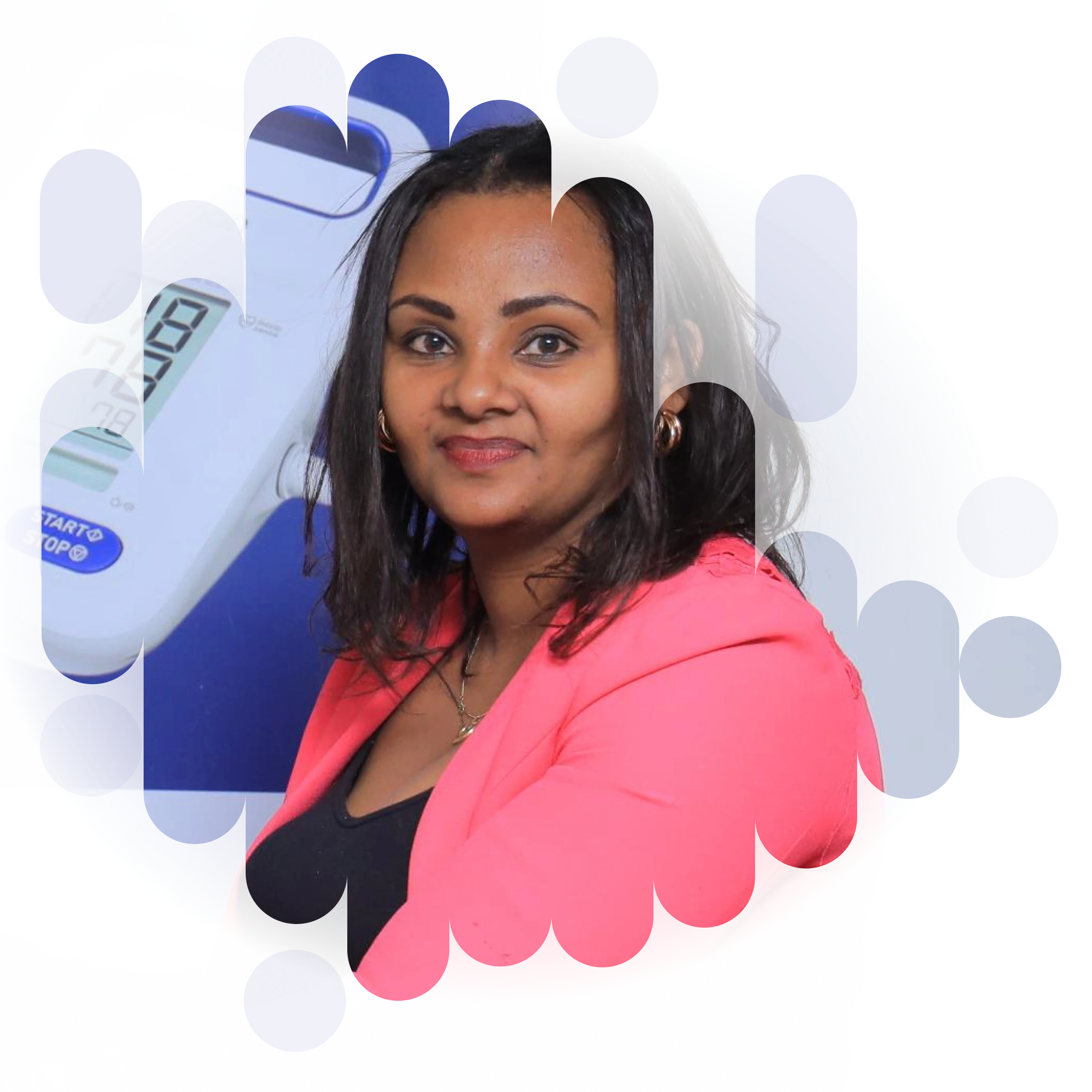

Our Abuja office shepherded the integration of non-communicable disease data into Nigeria’s national health information systems this year, supported the Nigeria Hypertension Control Initiative to scale up by 43%, and led many more activities to improve cardiovascular health and prevent epidemics.
Global health needs your support—now, more than ever.
We’re known for making the most of the funds entrusted to us. Dr. Salam Gueye, Director of Emergencies for the World Health Organization Africa Region said:
$50,000 from Resolve to Save Lives is often more valuable than millions from another donor.
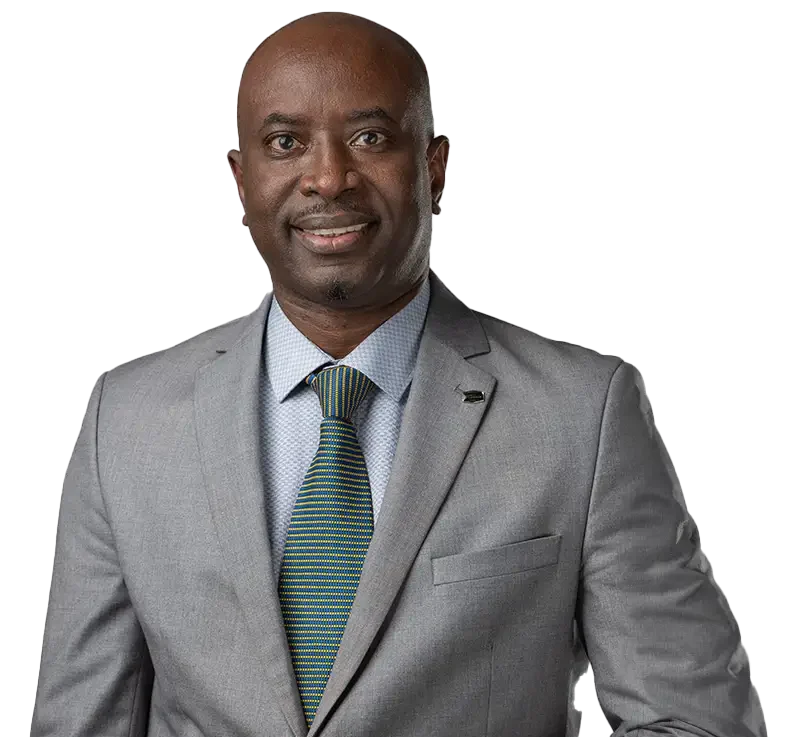
Since 2017 we have made tremendous progress with our partners. To continue to support progress in global public health, we need your help today.
